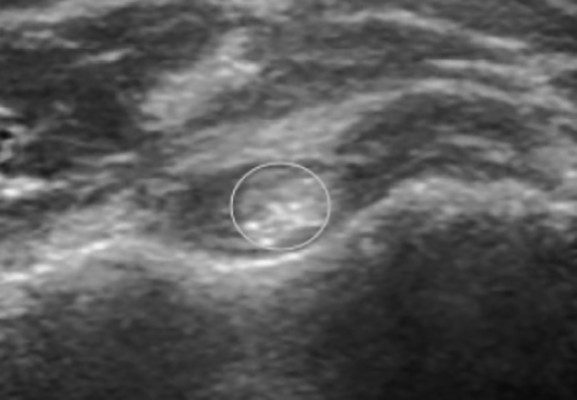- The long head of biceps which is approximately 9cm long and passes from the superior lip of the glenoid through the biciptal groove is susceptible to injury.
- The course of the biceps places the tendon at risk of inflammation.
- Biceps tendinitis is where the long head of biceps becomes inflamed leading to pain at the front of the shoulder.
- Bieceps tendinitis can occur on its own or be associated with rotator cuff problems (i.e. impingement or tears)
Subjective Assessment:
The patient will complain of anterior shoulder pain
They will complain of pain particularly with lifting activities, overhead sports activities or lifting objects overhead with the elbow flexed in the frontal plane
Objective Assessment :
There will be localised tenderness, particularly over the biceps groove and proximal biceps
Pain may be reproduced by passive stretching of the biceps
Pain with Hand behind back
Pain may also be reproduced by resisted active contraction of the biceps in speed’s test (80% sensitivity) or yergason’s test (50% sensitivity)
References
Image from OpenI – Licensed by CC
Image from OpenI – Licensed by CC
Treatment:
Advise re activity modification and analgesia
Refer to Physiotherapy for full assessment as symptoms may be caused by glenohumeral joint instability or a scapular disorder which can tension the long head of biceps. Physiotherapy will consist of loaded tendon and postural exercises
Injections into the biceps tendon sheath are useful to reduce inflammation and swelling of the biceps sheath if appropriate
Consider prescribing NSAIDS if appropriate
If the patient is not responding to 3 months of conservative management the physiotherapist can refer the patient on to see an orthopaedic consultant.
References
Image from OpenI – Licensed by CC
Image from OpenI – Licensed by CC









